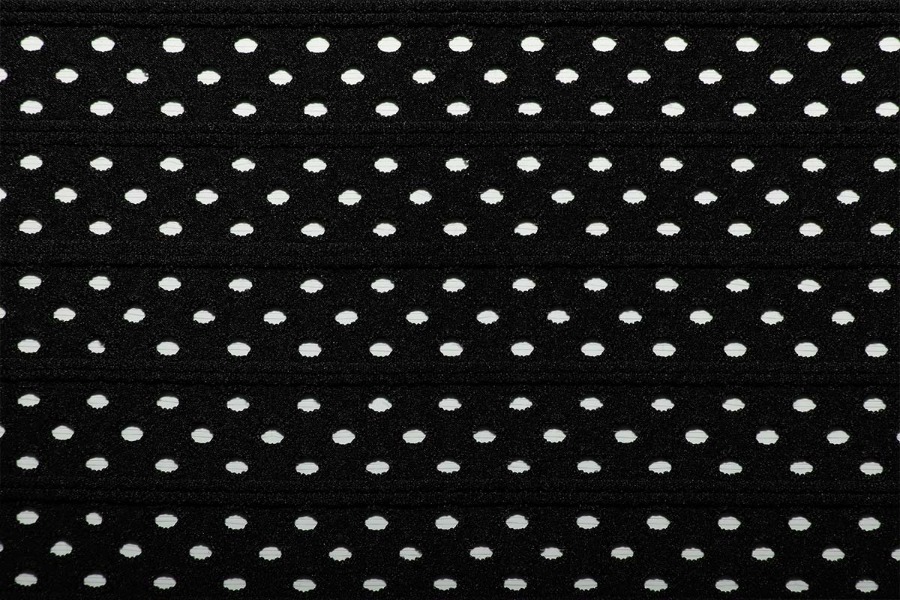Weft knit fabric is popular in the textile industry for their stretchability, comfort, and versatility. Created using a single yarn that is woven horizontally across the fabric, these materials can vary significantly in density, leading to differences in their thermal properties. As consumers become increasingly aware of how clothing affects their comfort and performance, understanding the relationship between fabric density and thermal behavior is essential.
The Basics of Fabric Density
Fabric density is defined as the number of yarns per unit area, often measured in stitches per inch (SPI) or grams per square meter (GSM). In weft knits, higher density typically means more yarns are packed into the same area, which can influence several factors, including insulation, breathability, and moisture management.
Higher-density fabrics tend to trap more air within their structure, which can enhance insulation and warmth. For example, a closely-knit sweater can keep you toasty during winter, while a looser knit t-shirt may feel breezy and cool in summer.

Thermal Insulation: The Role of Air Trapping
One of the primary thermal properties affected by the density of weft knit fabrics is thermal insulation. The air trapped within the fibers acts as a barrier to heat loss, which is crucial for maintaining body temperature in colder climates. According to textile experts, fabrics with a density of around 200-300 GSM are often ideal for winter wear, as they provide adequate insulation without sacrificing comfort.
Conversely, lower-density knits, often found in summer apparel, allow for better airflow and moisture wicking, making them perfect for hot weather. Studies show that fabrics with lower density (under 150 GSM) can help regulate body temperature by facilitating the evaporation of sweat, thus keeping the wearer cool.
Breathability and Moisture Management
While density plays a critical role in insulation, it also affects the breathability of weft knit fabrics. High-density knits may struggle with moisture management as the tightly packed yarns can restrict airflow, leading to sweat accumulation. This can be uncomfortable during physical activities or in warm environments.
On the other hand, a well-constructed low-density knit can promote breathability and moisture evaporation, making it ideal for activewear. Fabrics engineered with moisture-wicking technology can further enhance this effect, allowing sweat to be pulled away from the skin and evaporated into the air.
Conclusion: Finding the Right Balance
In the world of weft knit fabrics, density is a crucial factor that impacts thermal properties and overall comfort. Whether you're looking for a cozy sweater to keep warm in winter or a lightweight tee for summer activities, understanding the relationship between fabric density and thermal behavior can guide your choices.




 简体中文
简体中文
